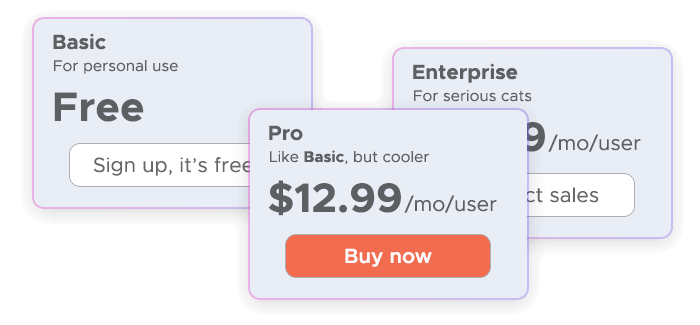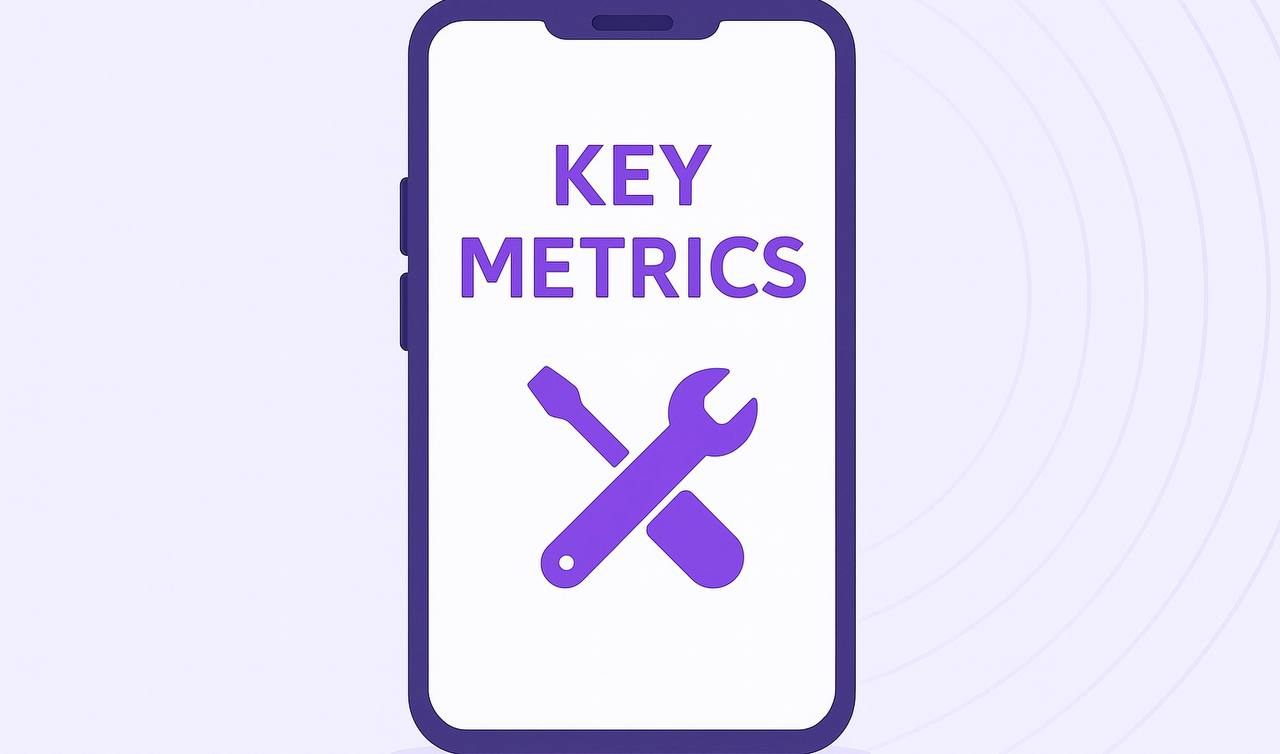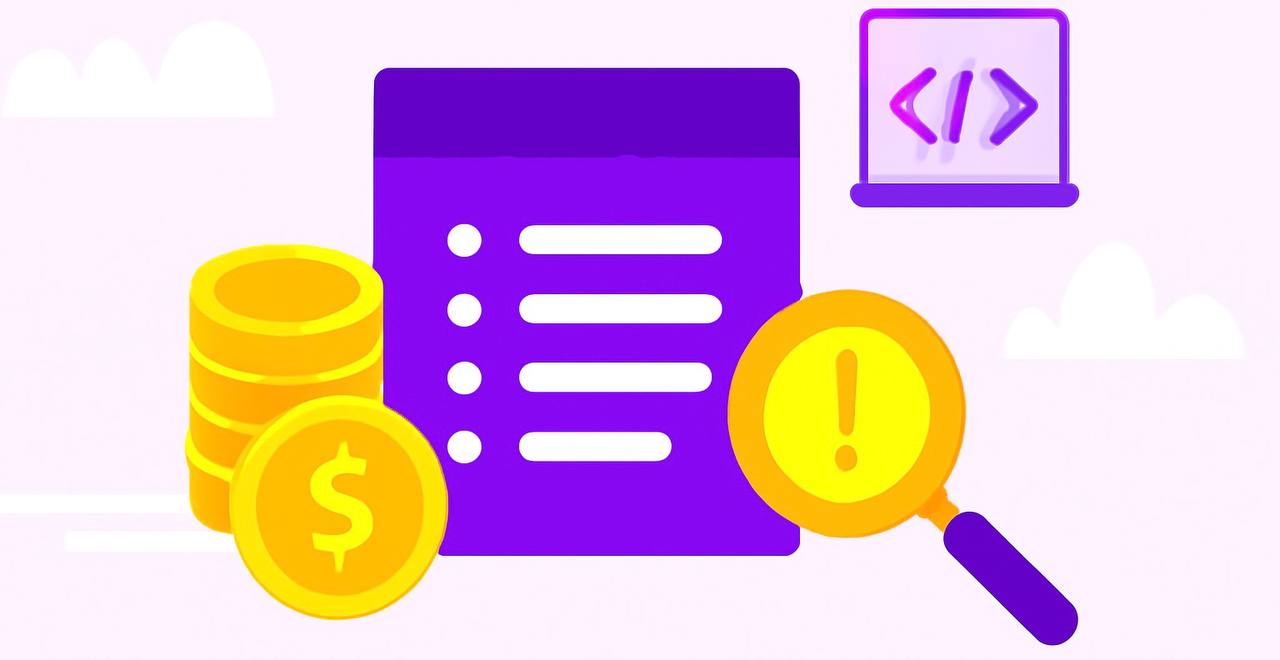Game Monetization 101: Models and Metrics
Monetizing games effectively is one of the most important challenges for developers today. As the gaming industry continues to grow, it’s essential for developers to explore and understand different game monetization models. Gone are the days of relying solely on traditional advertising-based models; now, game developers are moving towards more user-friendly, non-intrusive monetization strategies that not only increase revenue but also enhance the player experience. This article delves into various game monetization strategies, explores important metrics for tracking success, and introduces Infatica SDK as a seamless passive income solution.
Why Game Monetization Matters
Mobile and desktop gaming have reached new heights, with industry forecasts predicting that mobile gaming will surpass $159 billion in revenue by 2025, according to AppsFlyer. As the industry evolves, developers must find more efficient ways to monetize their games without interrupting the user experience. Traditional ad-based models are being pushed aside due to their negative impact on user engagement and retention. Players are increasingly seeking uninterrupted experiences, leading developers to adopt alternative monetization methods like subscriptions, data monetization, and passive SDK income.
With these shifts in the market, it’s essential for developers to implement monetization strategies that ensure sustained income while keeping users engaged. This article will take a closer look at some of the most common game monetization models, including Sub-ID LTV, subscriptions, data models, and SDK-based passive income, and discuss how to implement them effectively.
Understanding Game Monetization Models
There are several monetization strategies that game developers can use, and selecting the right model depends on various factors, such as the genre of the game, target audience, and player behavior. Let’s explore these monetization models in greater detail:
Sub-ID LTV (Lifetime Value)
One of the most effective monetization models is the Sub-ID LTV (Lifetime Value) model. This model calculates the total revenue that a player is expected to generate over their entire engagement with the game. Unlike ad-based models or one-time in-app purchases, LTV is based on long-term user retention, meaning that developers can monetize users passively by keeping them engaged over time.

The Sub-ID LTV model works particularly well for games that offer incremental rewards, personalized content, or long-term engagement, such as strategy games, RPGs, and puzzle games. By tracking players’ in-game behavior, developers can optimize their game’s content and create an experience that encourages long-term play.
For an in-depth look at how LTV can benefit mobile games, refer to Habr’s guide on increasing LTV in mobile games.
Subscription-Based Monetization
Subscription monetization has become increasingly popular among developers looking for reliable, recurring revenue. In this model, players pay a regular fee to access premium content, exclusive features, or other benefits. Games that offer continuous updates, special events, or additional levels are especially well-suited for this type of monetization.

The subscription model ensures steady income and builds loyalty as players remain subscribed for ongoing access to exclusive content. This model is widely used in games that offer season passes, premium memberships, or game expansions, and it helps developers achieve more predictable revenue flows. Popular mobile games like Fortnite and Clash Royale use subscription-based monetization to great effect.
For more details on how subscriptions have reshaped mobile gaming, see this article on TechCrunch: Subscription-based Monetization Strategies.
Data Monetization
Another growing trend is data monetization, where developers collect and aggregate non-personally identifiable user data (such as game behavior, spending patterns, or engagement) and sell it to third parties, such as marketers or research firms. This method generates passive revenue without requiring players to make in-game purchases or view ads.
However, data monetization requires a transparent data collection process and strict adherence to privacy laws like the GDPR and CCPA. It’s essential to obtain explicit consent from users before collecting and selling their data. Ethical data usage can foster trust and maintain compliance, preventing potential legal issues.
For more information on the legal and ethical considerations of data monetization, refer to this article from TechCrunch on Data Privacy and Monetization.
Licensing Game Technology
Licensing involves allowing other developers or companies to use your proprietary game technology, such as in-game engines, algorithms, or assets, for a fee.
For example, game engines like Unity or Unreal Engine are licensed to other developers, allowing them to use the underlying technology in their own projects. Licensing can also apply to in-game content, such as characters, models, or textures.
Licensing can be a lucrative passive income stream, especially for developers who have developed unique game technologies. For example, a developer with a proprietary AI or game physics engine could license that technology to other game studios or developers, generating consistent revenue from third-party usage.
SDK-Based Passive Income
Passive monetization SDKs like Infatica SDK provide an alternative to traditional monetization methods, such as ads or in-app purchases. These SDKs work by using unused resources like internet bandwidth to generate income while running silently in the background, with minimal impact on user experience. This peer-to-business model helps developers earn passive income without intrusive ads or direct player engagement.
SDKs like Infatica SDK are ideal for developers who want to avoid ads but still generate revenue from 100% of their users, regardless of whether they interact with ads or make purchases. Compared to other SDK solutions, Infatica SDK stands out for its minimal impact on game performance and battery life. Unlike traditional ad-based models that can slow down gameplay, Infatica SDK operates efficiently without interfering with the user experience.
For more details on SDK-based monetization, check out our article on 10 App Monetization Models Explained.

Key Metrics for Game Monetization
To optimize your game monetization strategy, it’s essential to track key metrics that measure the effectiveness of your efforts. The following metrics are crucial for understanding how well your monetization strategy is performing:
- ARPDAU (Average Revenue Per Daily Active User): This metric tracks the average revenue generated per active user on a daily basis. ARPDAU is a key indicator of how effectively your monetization strategy is converting users into paying customers.
- LTV (Lifetime Value): LTV calculates the total revenue a user will generate over their entire lifetime with the game. By understanding LTV, developers can determine how much they can spend on acquiring new users and still achieve profitability.
- eCPM (Effective Cost Per Mille): eCPM helps developers measure the revenue earned per 1,000 impressions or in-game events. This is particularly useful for games using ad-based monetization to track ad performance and optimize revenue generation.
These metrics are essential for improving monetization strategy and boosting overall profitability. According to **AppsFlyer’s 2025 forecast**, **in-app purchases** and **subscriptions** will continue to dominate mobile game revenue, with **subscriptions** showing the most growth in the coming years.
Addressing Common Concerns: Does It Affect Battery or Performance?
Does It Drain Battery?
One of the most common concerns when integrating passive monetization SDKs, like Infatica SDK, is whether it will drain the device’s battery. The answer is no. Infatica SDK is designed to be resource-efficient and has no noticeable impact on battery life. It runs only when the device is idle, ensuring that it doesn’t interfere with gameplay or other apps.
Does It Affect Game Performance?
Another concern is whether Infatica SDK will affect game performance.
Because it runs silently in the background without interrupting gameplay, there’s no noticeable impact on game performance. This makes it a great option for developers looking to monetize their games while maintaining a seamless user experience.
How Infatica SDK Solves the Problem
Infatica SDK is a passive income solution that helps game developers generate revenue without using intrusive ads. It works in the background, utilizing unused internet bandwidth to generate income. The key advantages of Infatica SDK include:
- Monetize 100% of Users: Generate revenue from all users, regardless of whether they interact with ads or make in-app purchases.
- Invisible to Users: The SDK runs silently, without interrupting gameplay or affecting app performance.
- GDPR/CCPA Compliant: Infatica SDK ensures full compliance with privacy regulations, safeguarding user data and ensuring ethical monetization practices.
Case Study: Infatica SDK in a Puzzle Game
Imagine a puzzle game that integrates Infatica SDK. After the integration, the developers saw a 30% increase in ARPU over three months. The integration was smooth, with no noticeable impact on performance or battery life. This allowed the developers to monetize 100% of their users, creating a reliable stream of passive income.
The 7-Step Game Monetization Process
To implement a successful monetization strategy, developers should follow these seven key steps:
- Evaluate Audience: Understand the target audience to determine which monetization model suits them best.
- Choose Monetization Model: Select the right monetization model based on audience preferences, such as subscriptions, SDKs, or in-app purchases.
- Integrate SDK: Implement the chosen SDK into the game, ensuring minimal disruption to the user experience.
- Test the Model: Conduct tests to ensure the model works as expected and does not negatively impact gameplay.
- Analyze Metrics: Monitor key metrics like ARPDAU, LTV, and eCPM to gauge the success of your monetization strategy.
- Optimize ARPU: Use A/B testing and user feedback to improve the monetization model and maximize ARPDAU.
- Scale the Strategy: Once successful, scale the strategy to reach a broader audience and increase revenue.
Google Play 2025 Policy Compliance Checklist
To ensure compliance with Google Play’s 2025 policies, developers should adhere to the following checklist:
- Transparency in Ads: Ensure all ads are clearly disclosed to users.
- User Data Privacy: Follow GDPR and CCPA guidelines for user data privacy.
- Non-Intrusive Monetization: Avoid monetization strategies that disrupt the user experience.
- User Consent: Obtain explicit consent before collecting any data or monetizing resources.
By using passive SDKs like Infatica, developers can ensure compliance with these policies while minimizing risk.
Conclusion: The Future of Game Monetization
Game monetization is evolving, and developers need to adapt to these changes. By adopting models like Infatica SDK, developers can generate passive income without disrupting the user experience.
These models not only improve ARPU but also ensure Google Play compliance, making them an ideal solution for the future of game monetization.
Learn More About Infatica SDK
Contact Us | Learn More
